My itinerary ..
Airlie Beach. Outrigger Regatta
Food... Nutella is especially important
Campsite at South Molle
Lady Island (East side of Whitsunday island)
Campsite at Dugong Beach
View from Whitsunday peak 430m
The Rocky beach NE whitsunday isl.
Curlew Beach, Hook island
Resting at mid-molle island
also worth looking at:
http://www.douglas.stebila.ca/blog/archives/2010/07/14/airlie-beach-and-the-whitsunday-islands/
An epic 5 day trip. Night time crossing in wind and rain to South Molle island. Used my black diamond headtorch , which I was glad to see got no salt water inside due to its IP5 rating. set up camp at 11pm and slept thru the rain.
2 days on South Molle - did all the walks, met some backpackers at the camp, snorkeled - but murky cause it had been raining.
South molle is lovely and accessible - as you can see in my "south molle" entry . 60$ will deposit you on the beach with jerrycans of water, to be picked up at a date you can choose - so go there and be a castaway !
day3 I crossed the Whitsunday passage, this time in easy conditions - not to hot and little wind. A few rain squalls. Then camped Dugong beach and explored the inlet , finding a tiny island called "lady island". Day 4 Whitsunday peak - the weather was starting to calm down and I got some views.
Steep walk up thru jungle. great birds and rock wallabies in the campsite.
330 pm paddled north and found a rocky beach... Spartan but got some sleep.
day5: paddled across in flat calm to Hook island, beautiful curlew beach. Then big crossing - 2.5 hrs to South Molle. Rested , then back to Shute Harbour.
Following days I met some Backpackers from Chile, practiced my Spanish. They were making their way around Australia, selling nice jewelry they handmade. They sourced the semi-precious jewels themselves from India and other places. I later chatted to them at the Whitsunday markets. Quite inspiring to see such "alternative" people being relaxed and earning a living outside the mainstream. Individuals travelling and learning languages, trades as they travel is the way of the future... global nomads with internet connections.
Then I did the Conway nat park great walk... 30 km plus 8km of road... walking fast and jogging some of the way 9am to 5pm. Hitchhiked back to Airlie. With an Italian traveller I had met earlier... coincidences. He used to be a diving instructor in Madagascar, Honduras... and had been all around Aus in his 4wd. Check out his website:
http://onsoulwalkaboutinaustralia.blogspot.com.au/
Airlie beach has good vibes... healthy kids, smiling people... nicer and less bogan than Townsville.
And the kayak trip got rid of a few cobwebs.. even got rid of a slightly aching hip. Just goes to show: "no guts no glory".... or "who dares wins" as the SAS likes to say. Strangely sometimes hard physical activity can cure a sore back or whatever. I had moments of transcendence... looking at sunsets on isolated beaches,
being greeted by strange loud birds on Dugong beach. No whales this time, tho they have been here since July 6. I also found I could eat relatively little and not feel hungry. Civilization makes us soft and lazy... if we spend to much time in it.
But I am not naive... the forest on Whitsunday island has it's dangers - Kudos to the early settlers who cleared some of the wilderness (a sawmill on Dugong bay). Wilderness is thorny, rocky, dark, has biting spiders, ants, centipedes, infections and other things that want you Dead.... not to be underestimated.









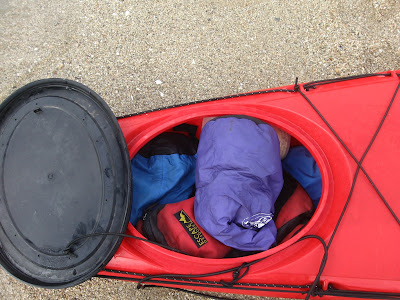


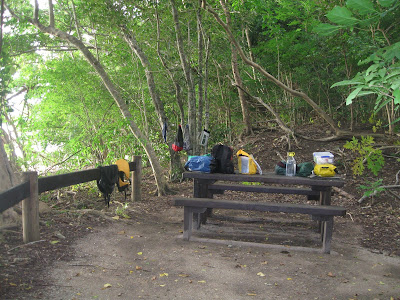






















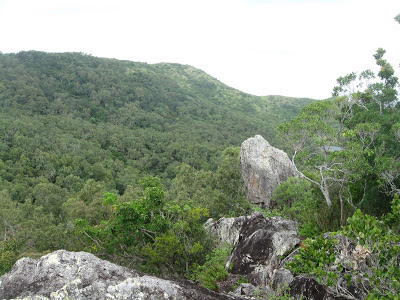


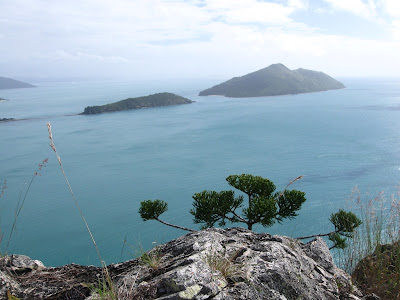



.JPG)
.JPG)
.JPG)
.JPG)

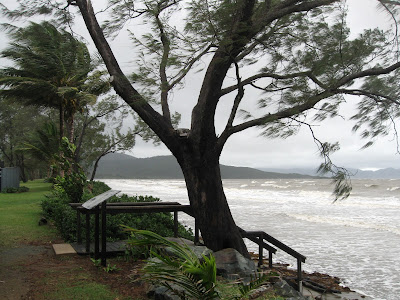


.JPG)
.JPG)
.JPG)
.JPG)
.JPG)


